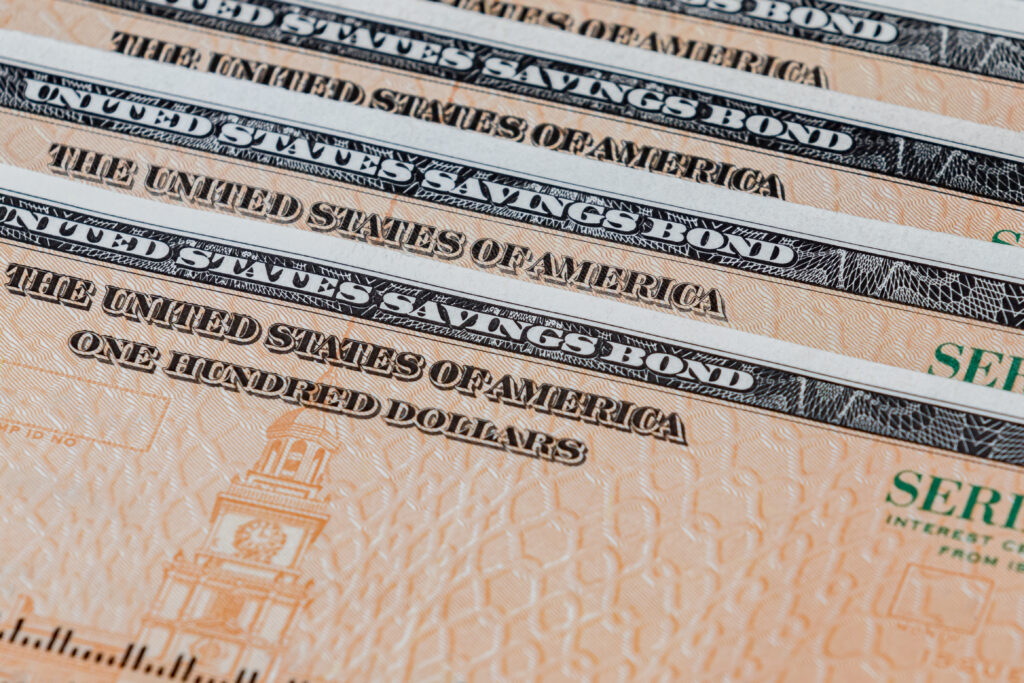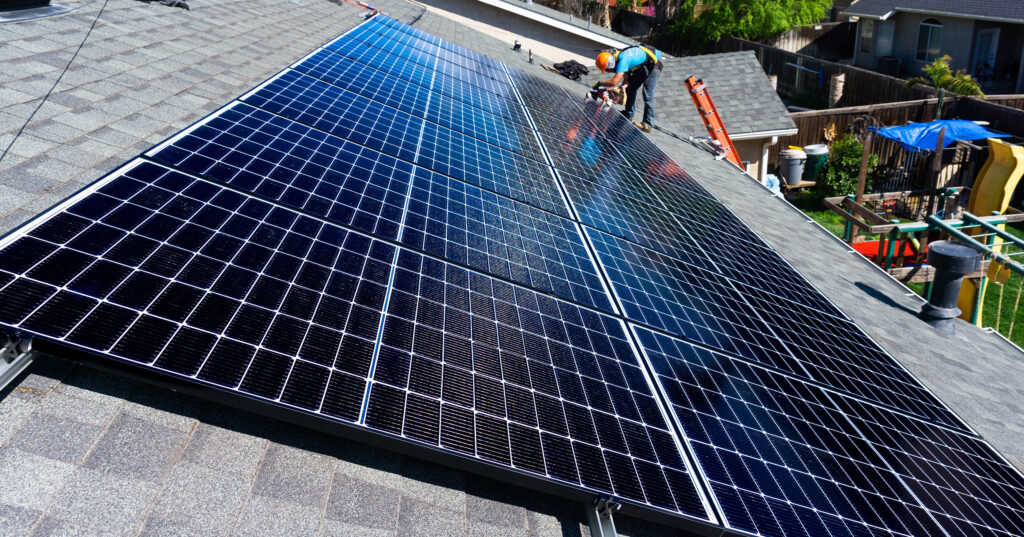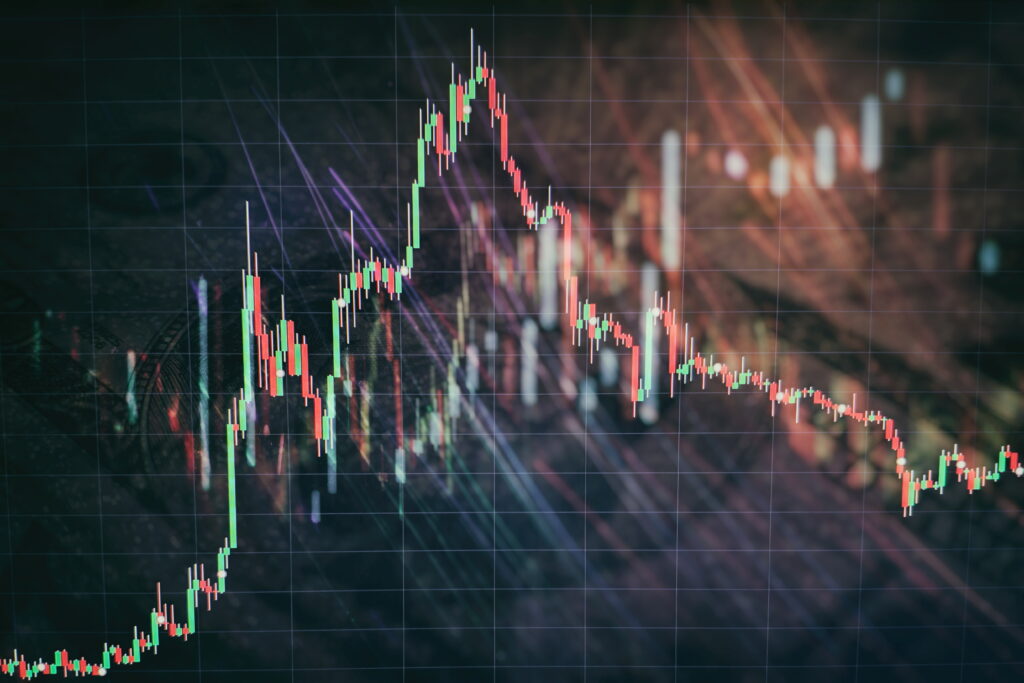Investing in a government bond means loaning your money to the government for a set period of time. The return of 100% of your investment is guaranteed. So investing in a government bond is the safest possible investment, with a completely guaranteed return of your money. But with the comparable reliability of solar panels, coupled with their significantly larger return, solar panels are a better investment than a government bond–and are even better than investing in stock.
Government Bonds
Government bonds are a way for citizens to invest in their government and earn money back in a few years. It’s a very stable way to invest money–as opposed to the ever-changing stock market. But are government bonds really the best way to invest your money?
Government bonds require a minimum investment of $100, which they promise to pay back at a certain yield percentage. As of September 27, 2021, the ten-year yield percentage was 1.48%, meaning that if you invested $100, in ten years, you’d receive $101.48. The thirty-year yield percentage was 1.99%, with a return of $102.99. For giving money away for thirty years, $2.13 isn’t a lot of profit.
(For comparison, leaving your money in a bank with a 0.4% interest rate would earn you a profit of $12.72.)
Because the predicted return for government bonds actually decreases between a one-month bond and a ten-year bond, the yield curve is described as “inverted.” Inverted yield curves are typically a good predictor of an economic recession, meaning that the return on government bonds isn’t going to increase any time soon. In fact, government bonds have been decreasing in value by nearly 7% yearly since 1990 (US Department of the Treasury), meaning that in 1990 a ten-year $100 bond could earn you $8 but now would earn you less than $2.
Solar Investment
On the other hand, some aspects of the economic world continue to prove good investments. One great example of this is solar. While purchasing a $100 twenty-year government bond would give a measly return of $1.95, purchasing enough solar panels to power a home–about $12,558 worth–would give a return of $47.78 per $100 over a twenty-year period.
(Statistics based on solar panels installed in Sacramento. These numbers assume the same cost for electricity from the power grid across those twenty years, although the Institute for Energy Research predicts that the price will actually increase, making solar an even better investment than these numbers suggest.)
Investing in solar has decreased in cost by 3-5% and therefore increased in value by 2.75%-3.29% yearly for the past 50 years, and is predicted to continue to increase at the same rate until at least 2050. This is relatively little uncertainty in the fact that the cost will decrease–and therefore little uncertainty in the fact that solar will continue to earn back more and more money; the prediction follows economic law.
Solar Panel Cost and Total Earnings Until 2049
| Year | Initial Cost (decreases by 3% yearly) | Total Earnings (at initial cost decrease of 3% yearly) | Initial Cost (decreases by 5% yearly) | Total Earnings (at initial cost decrease of 5% yearly) |
| 2019 | $12,558 | $6,000 | $12,558 | $6,000 |
| 2029 | $9,261 | $9,297 | $7,519 | $11,039 |
| 2039 | $6,829 | $11,729 | $4,502 | $14,056 |
| 2049 | $5,036 | $13,522 | $2,695 | $15,863 |
This return does come in the form of reduced energy bills rather than the cash a government bond would provide, which might not be what you’re looking for. But if your panels produce enough energy, your energy bills could be reduced enough that you actually do start earning cash.
Investing in Stock
For a final comparison, take a look at the stock market. While solar panels are a sure investment, the stock market is a bit of a gamble. When investing in stocks, all we can look at is past return rates and predicted growth; we have no idea when a stock market crash might occur. But here are some stocks with comparatively high return rates:
- Starbucks, with a 23.5% return rate ($100 becomes $123.50)
- NPX Semiconductors with a 22.2% return rate ($100 becomes $122.20)
- Facebook with a 17.9% return rate ($100 becomes $117.90)
As we can see, none of these come even close to the return rate of the installation of solar panels to your home, and have the additional disadvantage of being much less sure of an investment than solar panels. Investing in stock could either result in a miraculously high return or an unexpected loss–and there’s no sure way of knowing which will occur.
There is always the option of pattern day trading stock, or buying and selling the same stock repeatedly throughout a day. Buying and selling stock quickly can result in large daily or monthly gains, sometimes even larger than the 148% return over twenty years of solar panels; however, this contains the same element of risk.
So if you have some money to invest and want to earn the best bang for your buck, purchasing solar panels for your home is arguably a better long-term investment than either government bonds or stock.
References
https://money.usnews.com/investing/stock-market-news/slideshows/best-stocks-to-buy-this-year?slide=5



